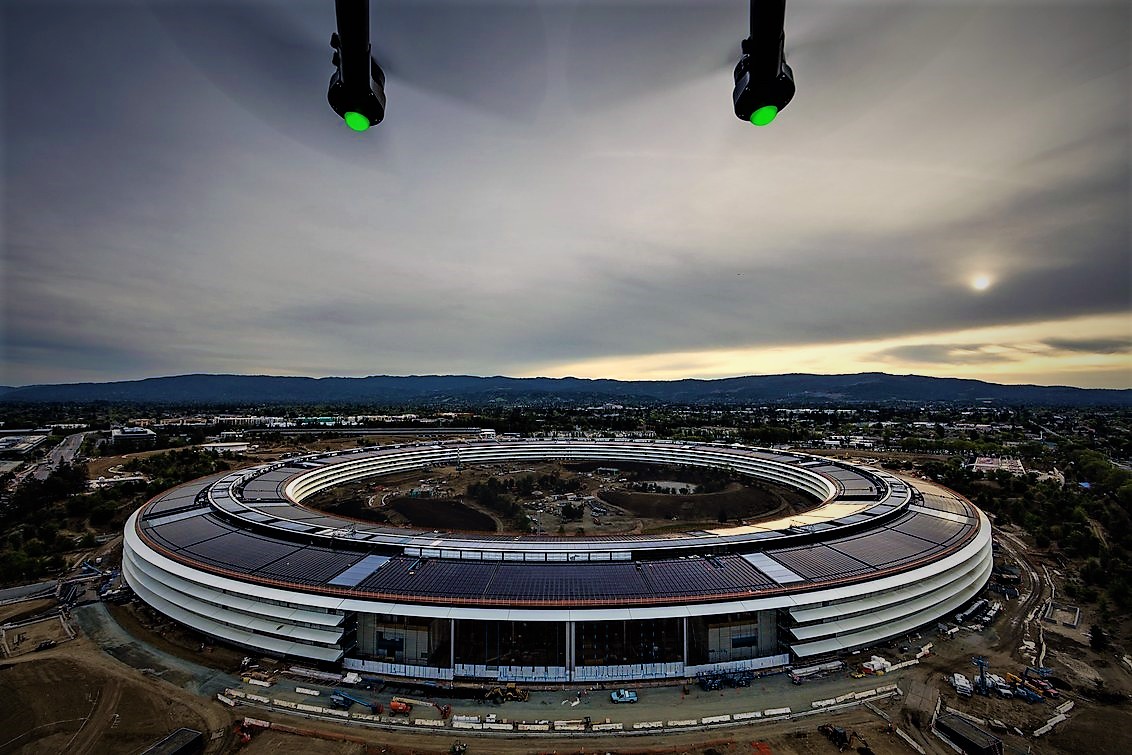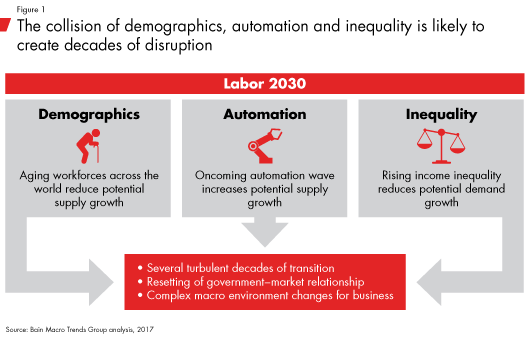

Thoughts On Trends & Technologies Transforming Enterprises Digitally.
When Business Strategy Meets Design Insight
Praas Chaudhuri was invited to review a exciting new book by fellow researcher and consultant Brian Solis. Having read Brian’s earlier pieces, he couldn’t wait to share his thoughts.
The book “X: The Experience When Business Meets Design” is about EXPERIENCE, but its surprisingly way more than most folks perceive when they hear that word. There are the familiar elements we explored while at business school and insights we picked up along the way as strategists & practitioners, reading more than a few articles and books on the subject. However, I found the most interesting aspect of this book to be that it delves deep into our own perceptions about what experience really means, how we feel about it, even before we think about delivering one for the customer. What’s more the book tackles a complex multidisciplinary (need I say, less well appreciated) area of knowledge (it challenges both the left & right brain hemispheres). It does so via a unique design of the book itself, its core insights and supporting case-studies/customer stories for the reader to “experience & internalize” it, rather than read & memorize (or forget). Let’s first explore this hardcover title first.
Its A Business Book. It’s Also A Coffee-Table Book ! The first thing I noticed about the book was it’s shape. It was thoughtfully designed to be a lean-back experience, to leaf through and enjoy its content at a leisurely pace. Much as I would stroll through (say) one of America’s National Parks with all of their geological history, the legends, descriptions, and more importantly, their brilliant landscapes. This book evoked the same experience. I found myself enjoying the imagery, while learning something totally new and unexpected at the same time.
It Throws Out Most Rules Of Convention For Business Books. Created in an easy visual layout with key messages interspersed with engaging anecdotal references. In the legacy days one might have used case-studies filled with self-serving detail. In this book they are replaced by stories and images. None of the of the 300 pages jammed with small font text, trying to shove shallow, hurriedly created frameworks down your throat.
Its About Experiencing (Not Reading About) What Experience Is. Nevertheless, there are several well described key messages that piece together what Experience means in a business or customer context, and and how it should be designed & deployed by businesses. All put together in a lucid jargon-free style. I was pleasantly relaxed and open to learning.
“A Magazine Is an iPad That Does Not Work” Perhaps the one anecdote that drew me into the early chapters was a (now viral) YouTube video embodying the challenges of Experience-Design for the new world of a connected digital-first customer. This video of the 1-year old daughter of Marc Vallee, CEO of Orange Vallee, recorded an observation of her experience interacting with a glossy magazine using her own internalized paradigm of an iPad interactivity she grew up with.
The User-Experience Is What Will Remain Long After The User-Interface Becomes Extinct. In fact it may become more critical for interactions with our customers and for brand building. More on this later.
THE EXPERIENCE WHEN BUSINESS MEETS DESIGN
The core of “X” takes off from the familiar concept of a the buyers decision journey. The linear-journey (the sales-funnel, as it was previously thought of) was really a convenient self-serving seller-centric view of the buyer’s world that we now know to no longer work in a digital world. The real journey is a much more complicated path that still begins with “Awareness” but does not necessarily end with the conversion, it simply explodes into multiple downstream activity & experiential branches.
To understand and appreciate this convoluted path is to work hard at identifying a gamut of micro-experiences the buyer goes through and to consciously build an experience architecture that invisibly guides them to their goal, and further moves them along seamless beyond this to post-purchase micro-experiences. A well-designed experience-architecture builds long lasting relationships. A poorly designed one forced on by fragmented customer insights delivers fragmented experiences that destroy longevity of customer relationships. The author has done well to stay clear of unnecessary jargon and excessive reliance on theoretical frameworks, instead choosing to focus on soul-searching about where businesses stand in their relationships with their own customers.
The Experience Architecture : “X” stands at the intersection of People, Technologies and Humanities. The holy grail of “X” operates on what the author calls experience architecture. Designing the architecture necessarily requires the customer conversation to originate and be prioritized from the C-Suite downwards. Tying cross-functional, cross-channel elements and cross-product groups with a data-infrastructure capable of managing information flows consistently across multiple devices, while maintaining the probabilistic sense of a single customer-identity requires using sophisticated analytics, data science and probabilistic models an average enterprises would realize is easier articulated than executed.
Orchestrating customer relationships across this complicated grid is a capability possible for a small subset of visionary organizations that place experience at the core of their strategic intent. These rare truly customer-centric organizations have reaped massive gains in customer growth, repeated cross-sell & up-sell cycles, lowered acquisition costs, steady margins expansion, while at the same time silently recruited an army of advocates who happily spread the good word about their experiences with the company and its products/services. An ever expanding virtuous upward spiral of success.
The Role of Analytics : Plain garden variety customer analytics no longer cuts it in the design of an experience architecture. They are at best incomplete inputs. To play an effective role in delivering this experience architecture, data analytics capabilities must evolve from deterministic models to sophisticated probabilistic modeling. First party deterministic data must be merged with identity & behavioral data (mostly probabilistic in nature) in cross-device usage situations, and available from third-party DMP sources. Marrying this with desktop browsing and search behaviors as well as offline behaviors inside of retail store environments adds new dimensions of complexity and technical challenge to the successful design of experience architectures.
Brian Solis correctly cautions against an over-reliance on data-analytics capabilities at the expense of building deep customer insight. While sophisticated customer analytics and attribution-models are extremely crucial, a one dimensional focus on data alone has spawned many tech-driven approaches that evangelize “one-size-fits-all” brute force data approaches & templates to drive marketing strategies – a short term but ultimately losing proposition in the long run. The really smart customer-driven companies have found the right balance combining algorithms with deep insightful analysis of their customers behaviors. They built the ability to infer customer expectations and then went on to reap huge returns satisfying them.
STEVE JOBS: “You’ve Got To Start With The Customer Experience And Work Back Toward The Technology – Not The Other Way Around“
THE HARD TASK OF EXPERIENCE AND JOURNEY MAPPING
Perhaps the real strength of “X” starts to show in its final third of the book where the reader is invited to get down and dirty into several examples and exercises of building customer journey and experience maps, after being suitably inspired by some of the amazing things leading edge companies have been doing to better understand and map experiences for their customer. Not to mention an entire arsenal of tools and methodologies. I would be remiss if I avoided sharing a few key thoughts from the section.
– User-Centered Vs Human-Centered Design. Human centered design ensures companies bring key skills into their internal operations and make the guiding determinant of all their experience work. User centered design on the other hand tends to emphasize optimizing characteristics of the product, system or service based on a set of preconceived plans. HCD steps back to see the whole person, not merely thinking of customers as users of your product, but rather in the wider context of living their daily lives. (I have explored this independently in one of my earlier LinkedIn Pulse articles “Bringing Change Through Empathy Driven Design“. )
– The Power Of Observation. The Importance Of User-Research. Observation delivers more than just information or insight. It delivers inspiration, which then sparks creativity, and innovation follows. Customer journey mapping begins with knowing who you are mapping. Many companies make the mistake of assuming their personal views of the customer, as that of the customer themselves. Strategists are often arrogant enough to project needs, preferences and behaviors onto customers, instead of opening their minds to discover them.
– Defining The Brand promise. Connecting The Brand Promise To Experiences. Brand messaging no longer sells. Brand experiences do.
– Dissolving The Difference Between Physical & Digital Experiences. Between Brand-Experiences, User-Experiences & Customer-Experiences. Its the ability to understand that experiences happen not just in the digital world (a purchase) or the physical world (aisle browsing) alone, it occurs also at the transition between those two world. And jarring that transitory experience often proves damaging to your brand perception. A brand is more than a logo or tagline. It communicates a vision and a purpose as well. One is also conditioned to think customer experience is the perception a customer has after engaging with a company, brand or product/service. Research however suggests much of the customers experience is also subconscious. (I have shared a perspective on this topic in a LinkedIn Pulse article “Digital DNA: The Litmus Test For Digital Transformations“)
– Knowing Your Personas and Segments. Avoid mistaking suppositions and demographics about your Customer, to be Customer Persona themselves. Personas live somewhere in between customer data and observational research. Companies must go beyond personas of customers that buy from them today, to also consider those who don’t (and those its targeting).
The Apple Mystique Decoded : Finally, Brian Solis chooses to dedicate a whole chapter (quite deservedly) to how Apple sweats the small stuff when it comes to designing experiences for its customers. Its efforts to include package design into the experience continuum was quite inspiring. So is Apple’s rigor in ensuring it fills key customer facing jobs with the skills and attitudinal requirements that fit their core design of that customer experience, all the way to their posted job role descriptions.
“To fully grasp how seriously Apple executives sweat the small stuff, consider this. For months, a packaging designer was holed up in a room performing the most mundane of tasks – opening iPod boxes. One after another, the designer created and tested an endless series of arrows, colors and tapes for a tiny tab designed to show the consumer where to pull back the invisible, full-bleed sticker adhered to the top of the clear iPod box. Getting it just right was this particular designer’s obsession.”
THE CONCLUSION
To the average customer of a customer-centric company and brand, the customer journey map is not quite so apparent. It is delivered in such an intuitive and unobstrusive manner that the customer does not realize how deep the company went to understand them as individuals, as humans. And therein lies the genius of successful brand, user and customer experience design.

